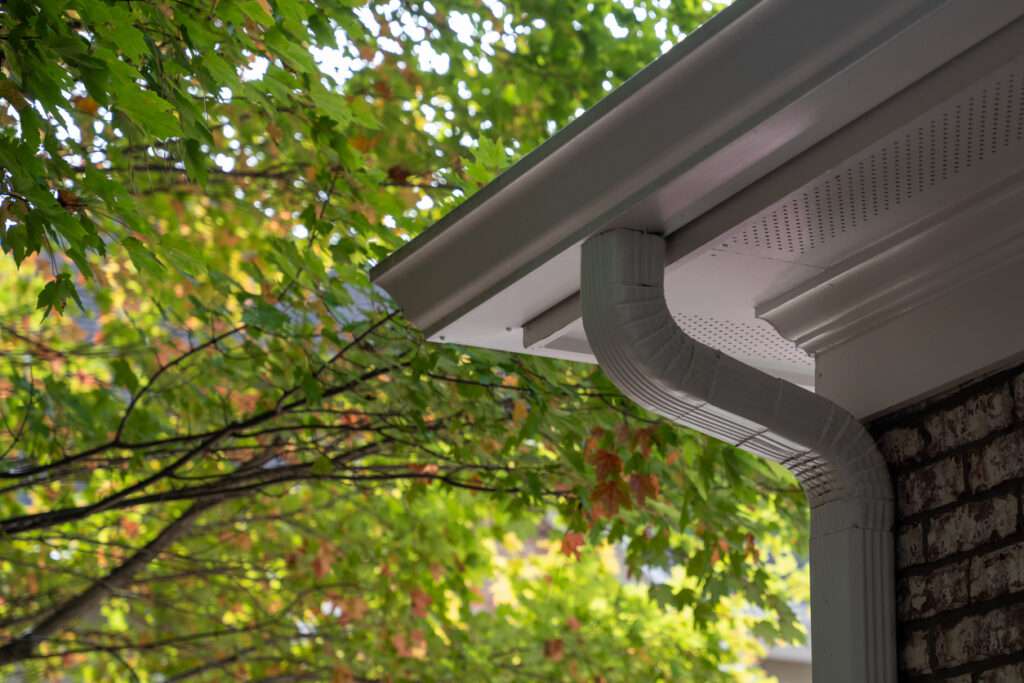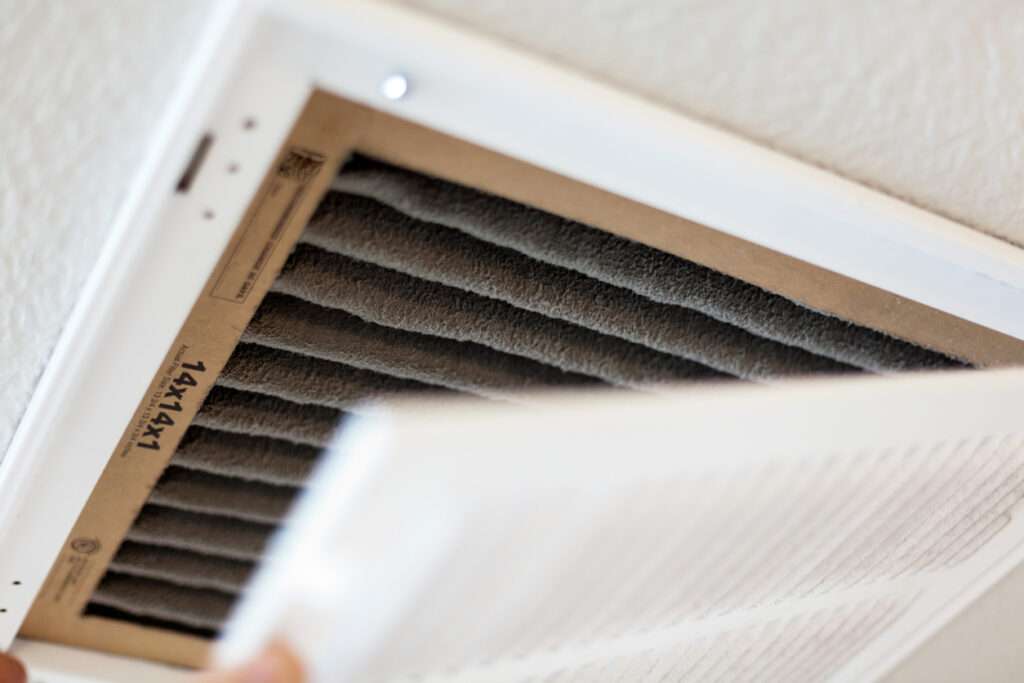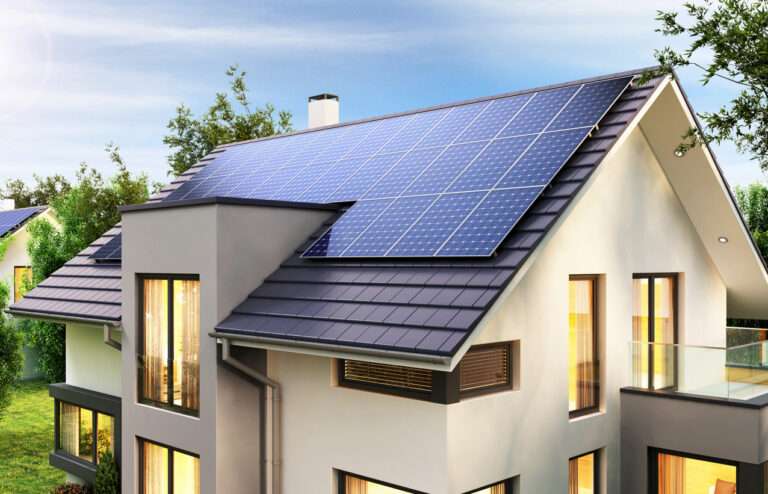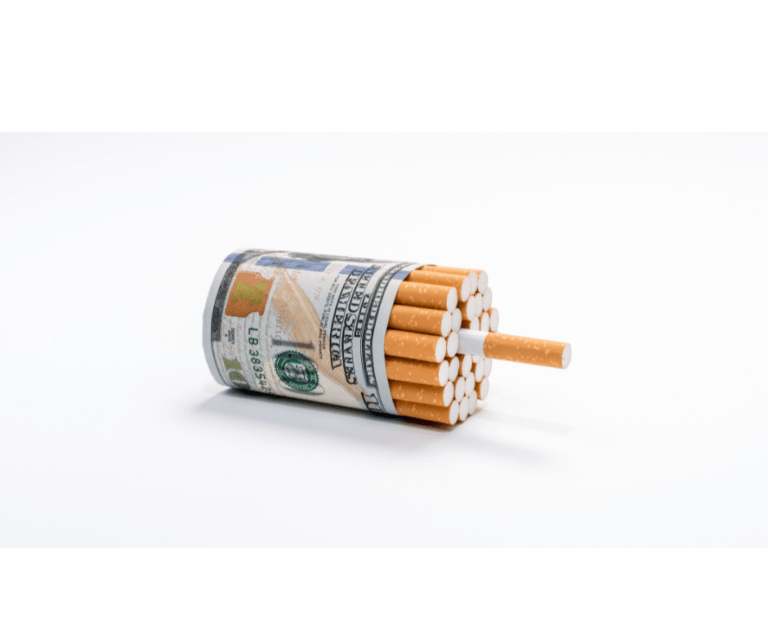Refreshing your home in the spring is about more than organizing closets and cleaning floors. As winter melts away and warmer weather returns, proactively checking your home’s systems will help keep it running efficiently while remaining a comfortable and safe space for you and your loved ones.
Upgrade fire and CO safety solutions.

While you’re ticking through your list of spring maintenance to-do’s, don’t forget about the smoke and carbon monoxide (CO) alarms. Proper smoke and CO alarm placement, regular maintenance and alarm replacement are essential to keeping your family safe. The National Fire Protection Association (NFPA) recommends that alarms be installed on every level of the home, including the basement, as well as in every sleeping room and outside each separate sleeping area. Alarms should be tested regularly, and if the device is battery-powered, batteries should be changed at least every six months.
To make maintaining your smoke and CO alarms easier, upgrade to a 2-in-1 smoke and carbon monoxide alarm, such as the First Alert 10-Year Battery Combination Alarm. This 10-year sealed battery alarm eliminates battery replacement and late-night battery chirps for a decade. Easy to install, 10-year alarms come equipped with a mounting bracket and installation kit – making safety simple for you and your family.
Check for winter wear and tear.
Winter’s extreme temperatures can take a toll on the outside of your home and its appliances. Examine the outside of your house and roof to check for fallen branches or debris that could block gutters or downspouts and cause a drainage problem. Inspect the driveway and sidewalks for new potholes or cracks that may have developed in the cold, and ensure all exterior lights are working properly.
Tune-up your cooling system.

When the weather gets milder, schedule a professional maintenance service to ensure that your heating, ventilation, and air conditioning (HVAC) systems are operating optimally and won’t quit after the first heat wave. If you don’t already have one, upgrade to a smart thermostat, like a Honeywell Home Smart Thermostat, which allows you to adjust your temperature from anywhere and set different temperature schedules for various times of the day. ENERGY STAR certified thermostats can provide comfort when you’re home, and energy savings when away.
Change your air filters.
Over a long winter, your heating system’s air filters naturally accumulate dust and other airborne particles, which can clog your air filter, impact indoor air quality and affect system performance. Regularly replacing your air filters is a great way to help maintain indoor air quality and support a comfortable environment for your family. Clean air filters also allow for better air flow, reducing the stress on your home’s HVAC system and promoting energy efficiency.
Secure windows and doors.

Warmer weather often breeds more home break-ins as burglars like when windows are open at night or garage doors are open during yardwork. But you can help lower the threat by hardening the target. Walk around outside of your home to inspect doors and windows for working locks and be mindful not to leave valuables in sight. If you have cars parked in your driveway, keep them locked and garage door openers should be tucked away.
To help protect what matters most and learn more fire safety tips, visit FirstAlert.com. For assistance with HVAC or home security assessments, contact your local professional service.










